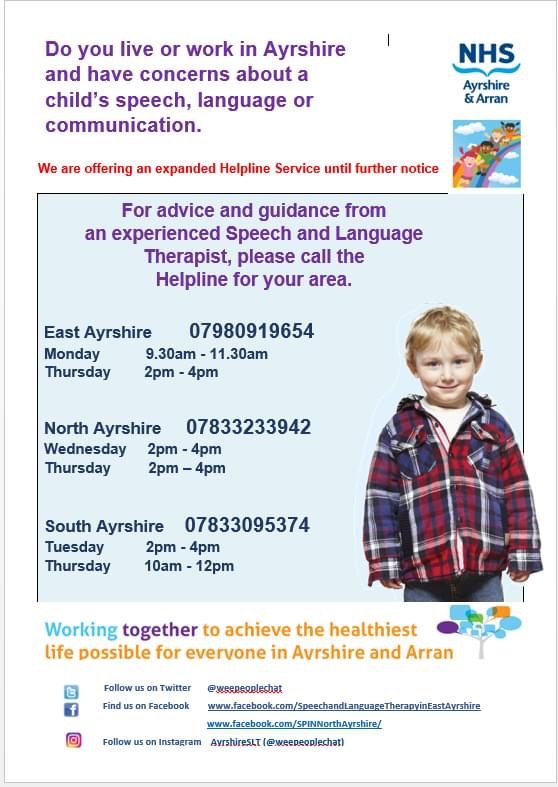 Is your wee one struggling to follow instructions or to understand what you are saying?
Is your wee one struggling to follow instructions or to understand what you are saying?
Here are some strategies which will really support them with their understanding and reduce both your frustration, and theirs:
- Eye contact: Get the child’s visual attention before giving them an instruction.
-
Single instructions: Give your child only one instruction at a time.
-
Simple language: Keep language simple and direct.
Break verbal instructions into parts: Instead of “Go and get your lunchbox and your hat and go outside”, say “Get your lunchbox.” When the child has followed that instruction, say “Now get your hat” then “OK, now you can go outside”. -
Repeat: Get your child to repeat the instruction to ensure that they have understood what they need to do (e.g. “Go and get your bag then sit at the table. What do I want you to do?’).
-
‘First/Then’: Use this concept to help the child know what order they need to complete the command (e.g. “First get your jacket, then put on your shoes”).
-
Clarify: Encourage the child to ask for clarification if they forget part of the instruction or have trouble understanding what they need to do. Encourage them to ask for the command to be repeated or clarified (e.g. “Can you say that again please?”).
-
Visual aids (e.g. pictures, gestures, body language and facial expression) can be used to assist the child’s comprehension and recall of the instruction.
-
Visual cues can often be very useful to help the child to follow longer instructions as it provides them with something to refer back to if they are having difficulty remembering what they need to do. It also highlights the order in which they need to complete the instruction.
⚠️If your wee one is struggling to understand simple instructions, or if you have an older child who is struggling with more complex instructions, please call our Helpline (all information pinned to the top of our page ⚠️
#gettingweepeoplechatting

